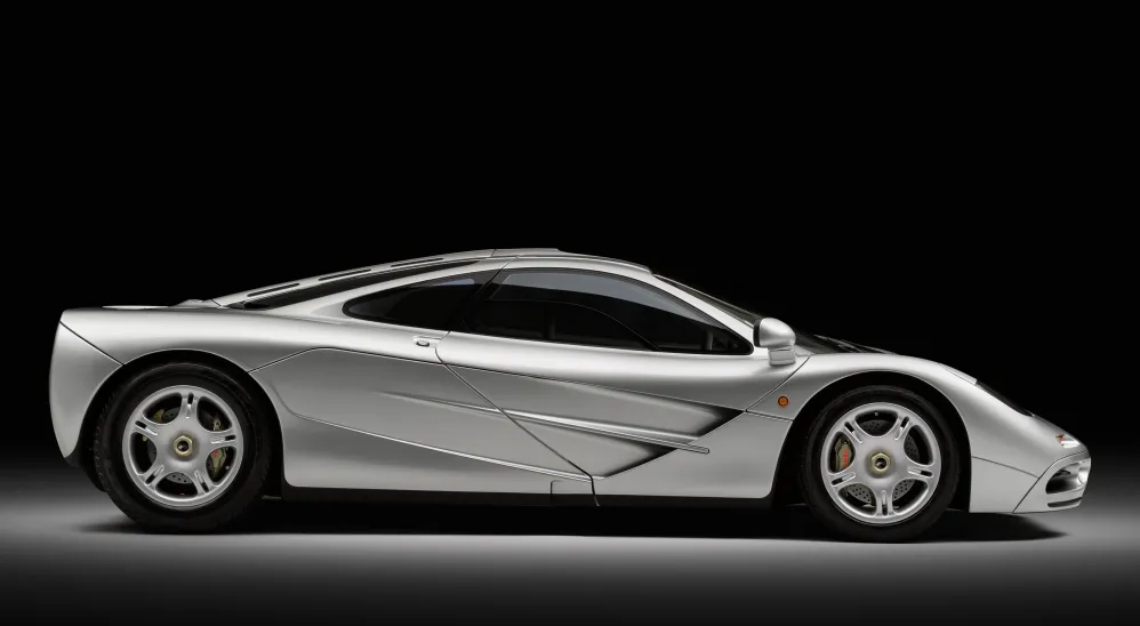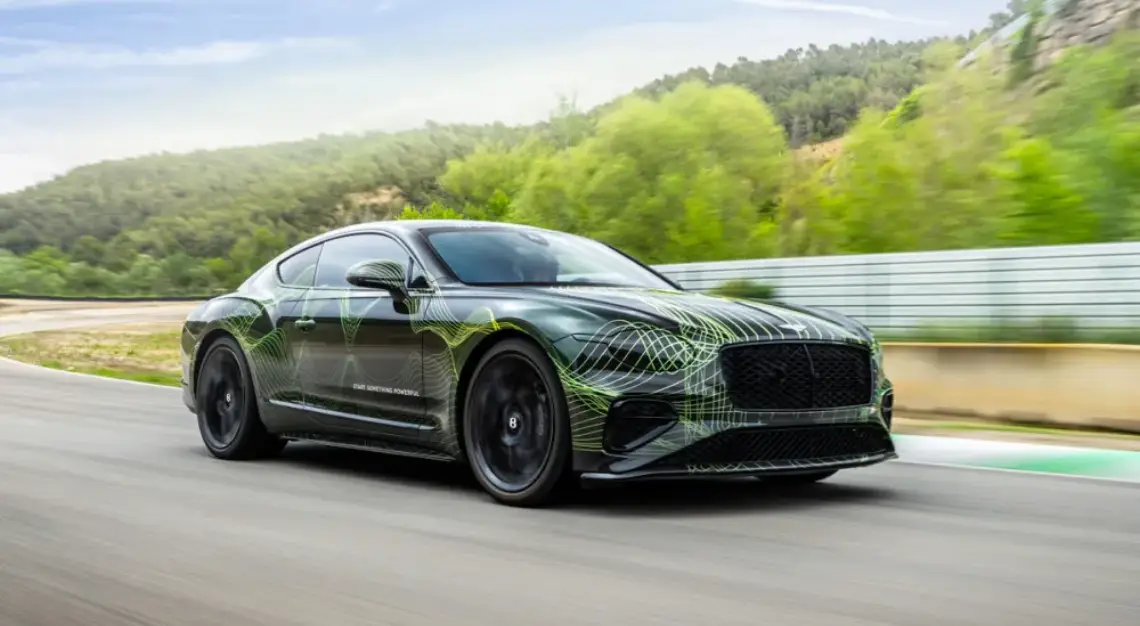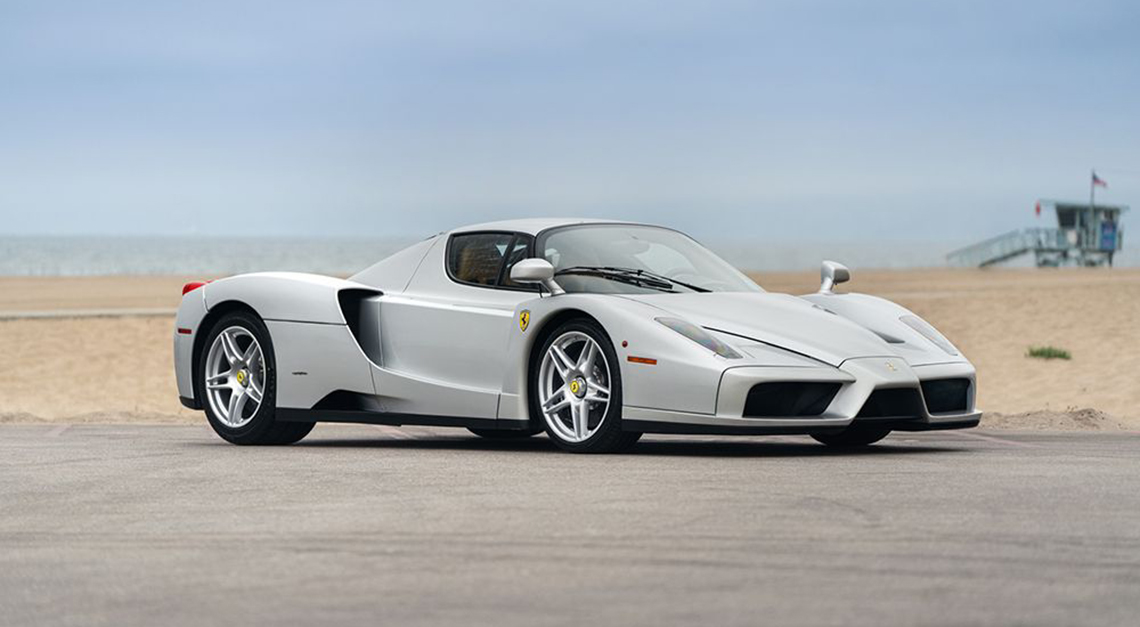For starters, it’s called F1 because “that’s 39 ahead of an F40.”
In 1988, Gordon Murray, Ron Dennis, Mansour Ojjeh, and Creighton Brown were sitting in an Italian airport, waiting for a flight home after the Italian Grand Prix. The brain trust behind the McLaren Formula 1 team was chatting about production cars, and Murray began sketching out a vision for the ultimate road car on a legal pad. By the time the quartet touched down in England, the fundamentals for the McLaren F1 were completely mapped out. In December 1992, a mere 34 months after Murray’s pen touched paper, the first McLaren F1 prototype was on the road.
The naturally-aspirated 6.1-litre BMW S70/2 V12 engine produces 618 horsepower, 649Nm of torque, and is mated to a six-speed manual and, with the right hot shoe, can rip to 100 km/hr in 3.2 seconds. It remains an engineering marvel. With a top speed of 386 km/h, it’s still the fastest naturally-aspirated production car.
You know all the accolades and world record achievements that deservedly followed—the McLaren F1 is one of the greatest road cars ever produced—but here are 11 McLaren F1 facts you may not be familiar with.
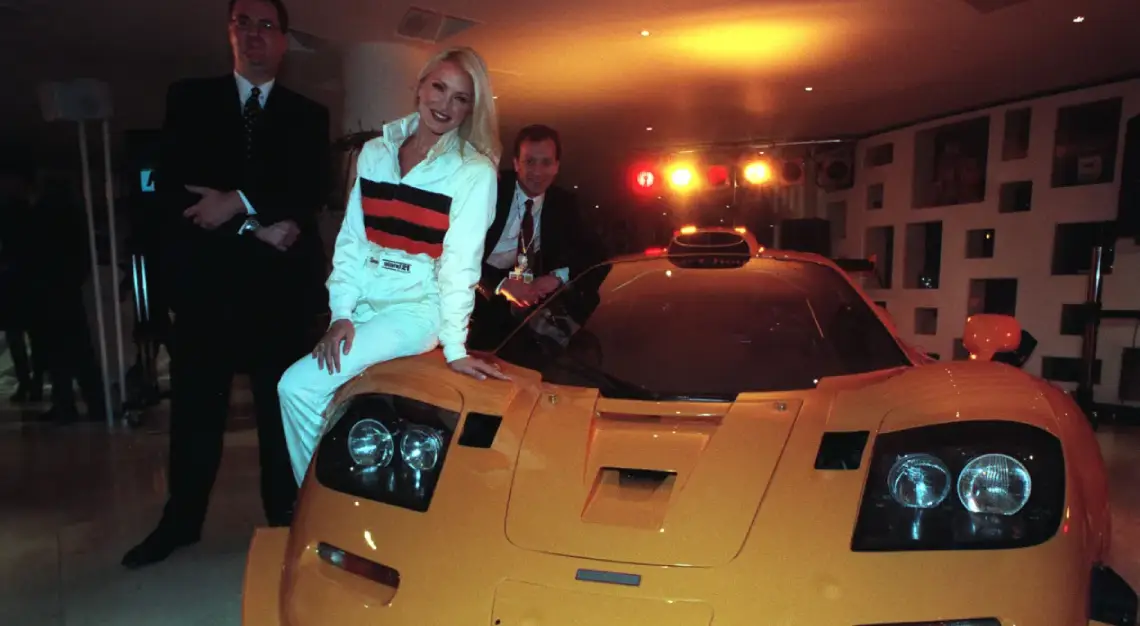
Ultima MK3 Kit Cars Were F1 Test Mules
A duo of Ultima MK3 kit cars were employed as development test cars, chassis number 12 and 13. Chassis No. 12 was fitted with a 7.4-litre Chevrolet V8 engine, used to shake out the F1’s six-speed manual gearbox, as well as the iconic centre-seat positioning. Chassis No. 13 received the BMW V12 mill, and was used to work out kinks in the motor.
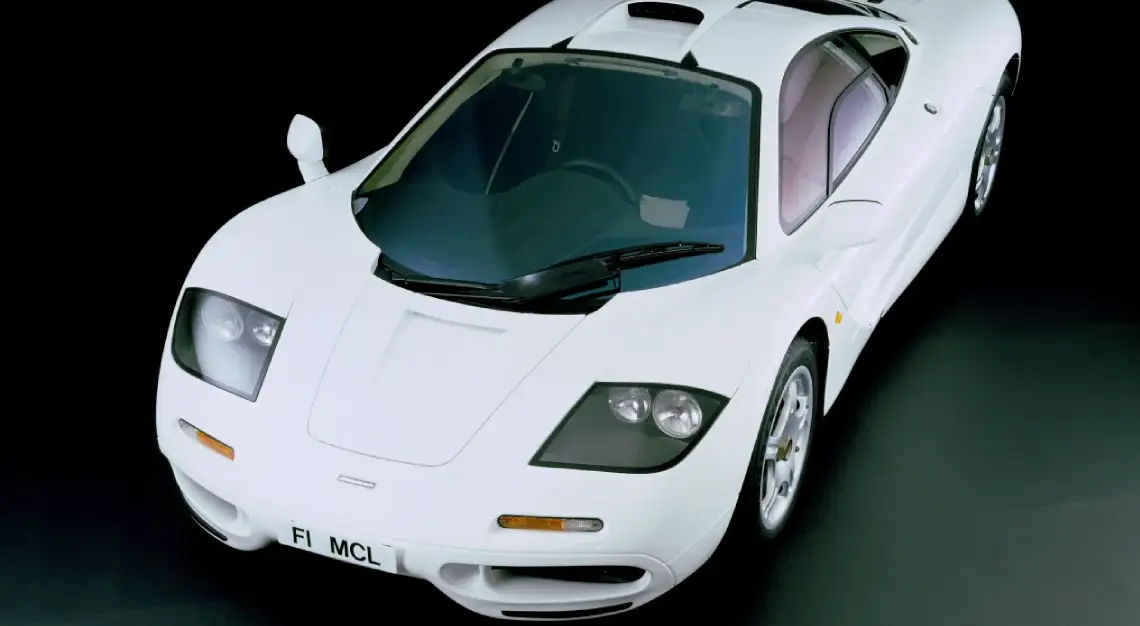
Those Test Mules Were Named Albert and Edward
“Albert” (Chassis No. 12) was so chosen for a road where McLaren was headquartered at the time, while “Edward” (Chassis No. 13) pays homage to the English King. McLaren has since only used English kings as mule names—except for dubbing its Speedtail prototype Albert, in a nod to the F1 test car.
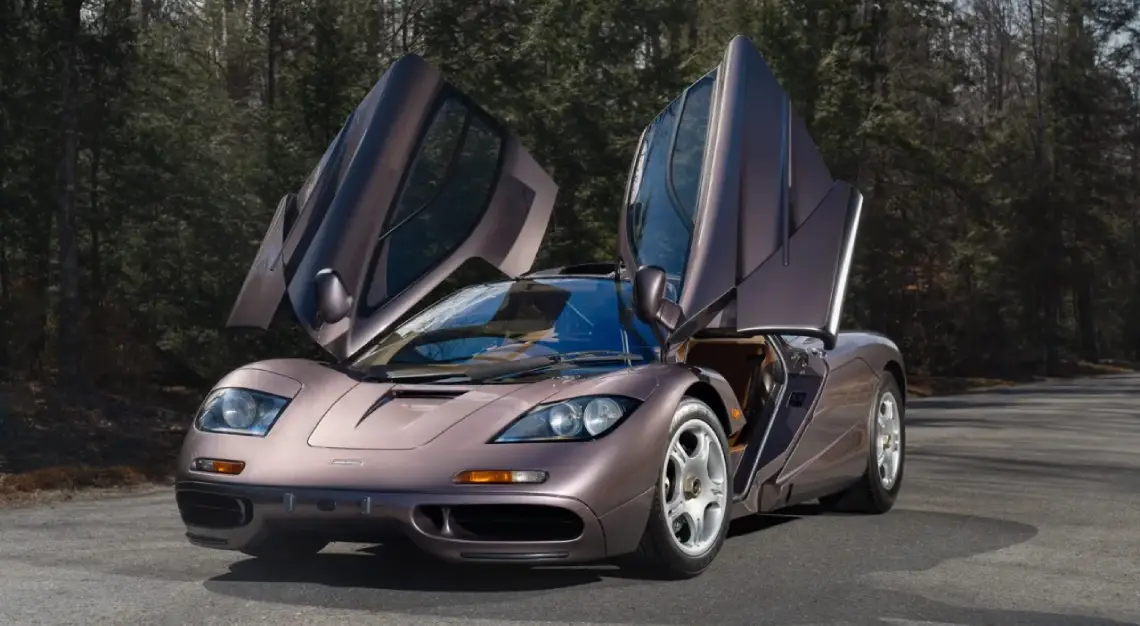
The McLaren F1’s Doors Were Inspired by a Toyota
Specifically the Toyota Sera, a kei car. Murray spied the butterfly doors on the Sera, loved them, and implemented the dihedral style openings for the F1.
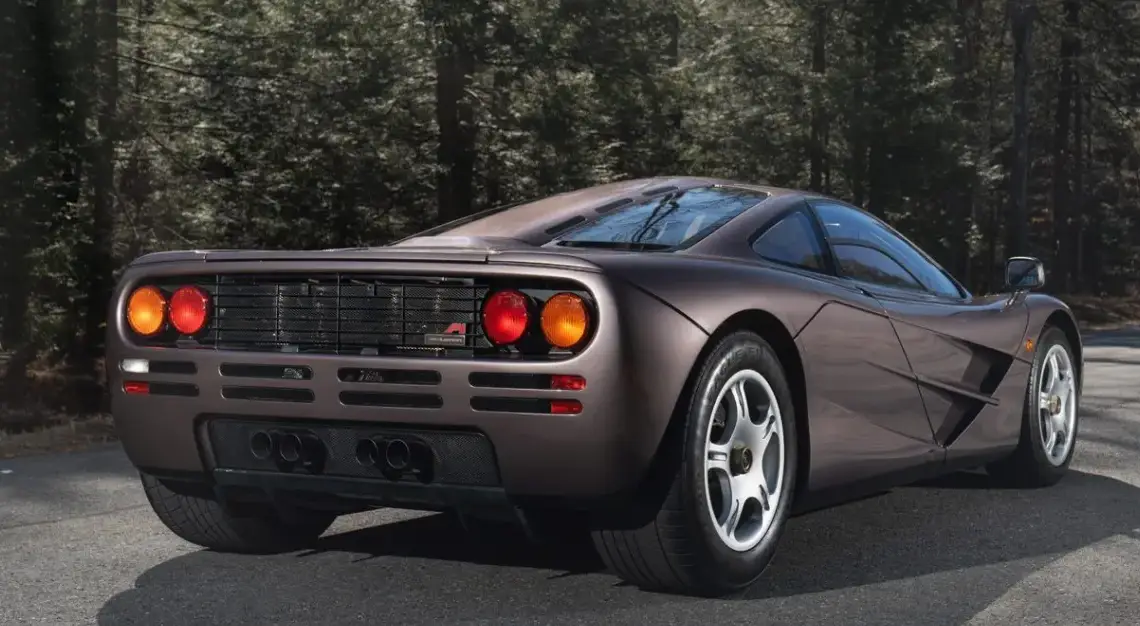
Murray Never Considered Forced Induction
Sure, turbochargers and superchargers deliver a heap more power. However, increased difficulty in the engine build, reduced reliability, and the latency of power delivery and a loss of feedback all led to Murray shying away from inclusion of either system.
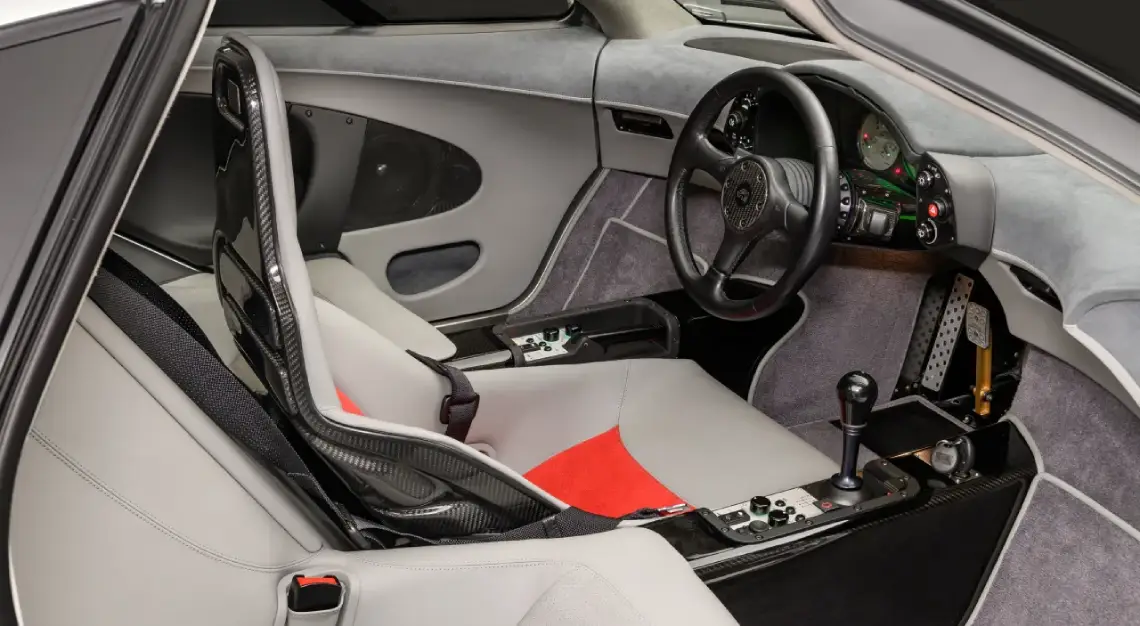
The F1’s Carbon Monocoque Tub Saved a Test Driver
The McLaren F1 wasn’t the first production car to employ a carbon tub—that would be the Jaguar XJR-15—but it was an early adopter of the technology. And that saved the life of a test driver piloting the F1 in 1993. While completing hot weather testing in Namibia, the engineer hit an obstacle on the road while doing more than 241 km/hr. The car flipped into the desert, rolled several times, and exploded into flames after settling in the sand. The driver escaped, uninjured, though the car melted.
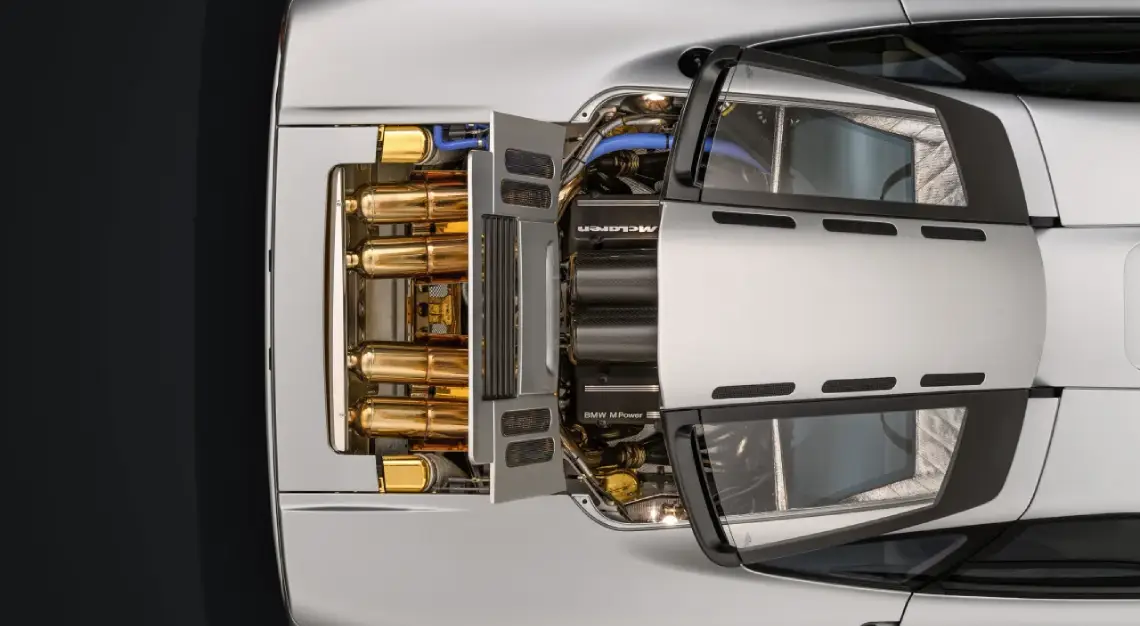
There’s Gold In the Engine Bay
All the carbon panels and monocoque required greater thermal insulation within the engine bay. Murray’s solution? Gold foil. Each engine bay is lined with about 16 grams of actual gold, which, at today’s gold prices, amounts to about $1,200.
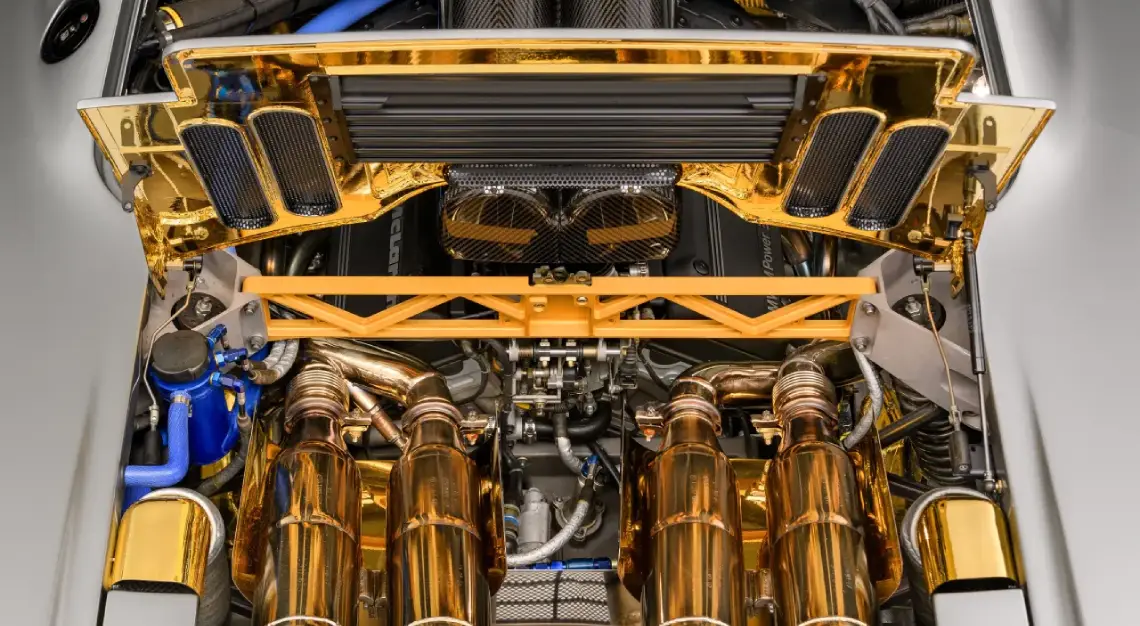
The F1’s Name is a Ferrari Diss
There were allegedly two heated debates about the name, both at Ojjeh’s London apartment. Murray et. al settled on F1 for two main reasons: it would tether the vehicle to McLaren’s incredible Formula 1 success; and, per Murray, F1 is “39 ahead of an F40.” Genius.
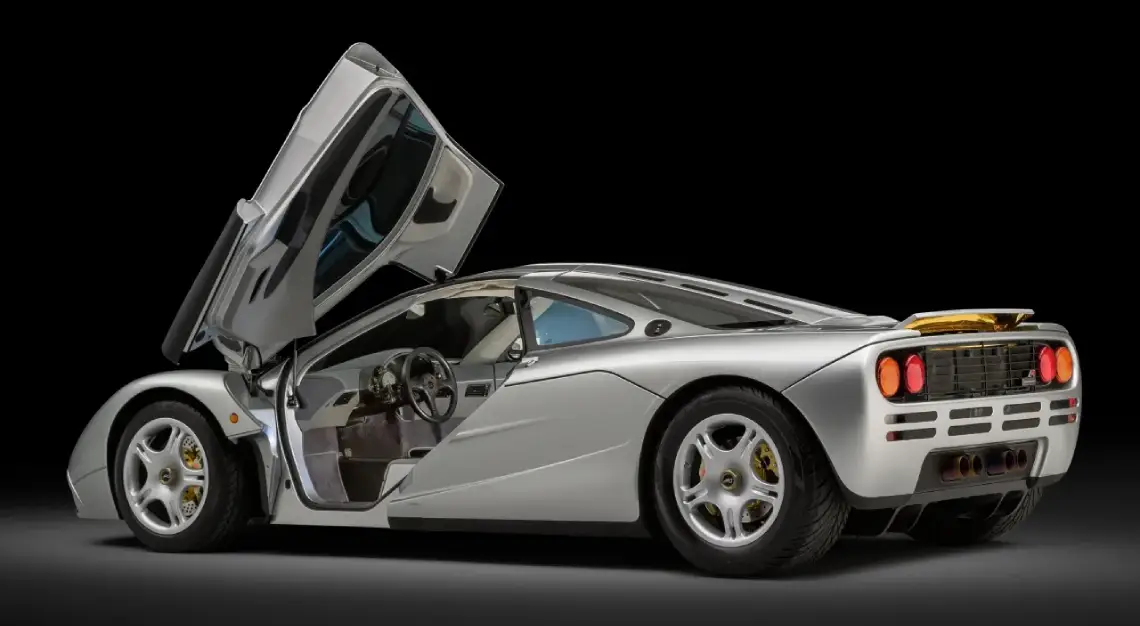
Murray Was Fanatical About Weight Reduction
To achieve the F1’s lithe 1139-kg curb weight, Murray zealously ditched any extraneous weight. The leather used in the cockpit was shaved to half its original thickness—offering a 5 kilogram reduction. There were only two thicknesses of washers available, and designers had to make a strong case to justify any use of the thicker one. There are no airbags or ABS; they were too heavy. And Murray believed a radio to be an unnecessary weight penalty, so he skipped it. (There is a Kenwood 10 CD system in the car, but Kenwood had to agree to take the 30-button system down to 5 buttons, and reduce the unit’s overall weight by 8.5 kilograms.)
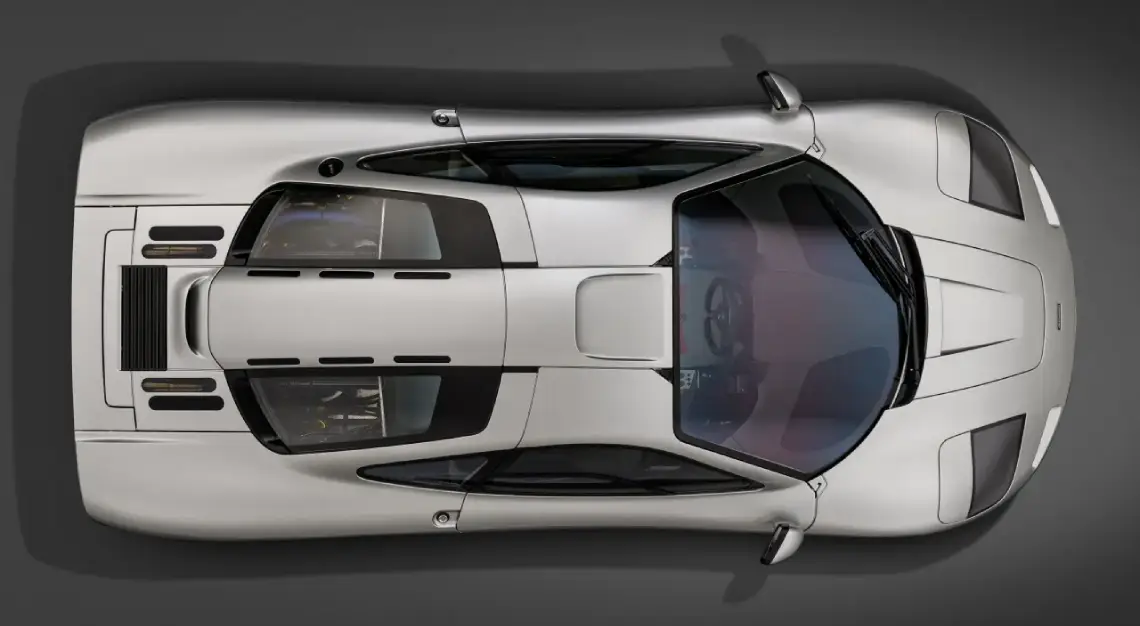
F1 Buyers Received a Custom Tag Heuer Watch and Golf Bag
Tag Heuer, owned in part by Ojjeh, issued bespoke Tag Heuer 6000 Chronometer watches to each F1 buyer. Each featured the accompanying vehicle’s chassis number on the watch dial. (A few extras were made, sans serial numbers, and one is currently for sale for US$11,000.) And custom-made golf bag, engineered to be strapped into one of the side seats, were also given.
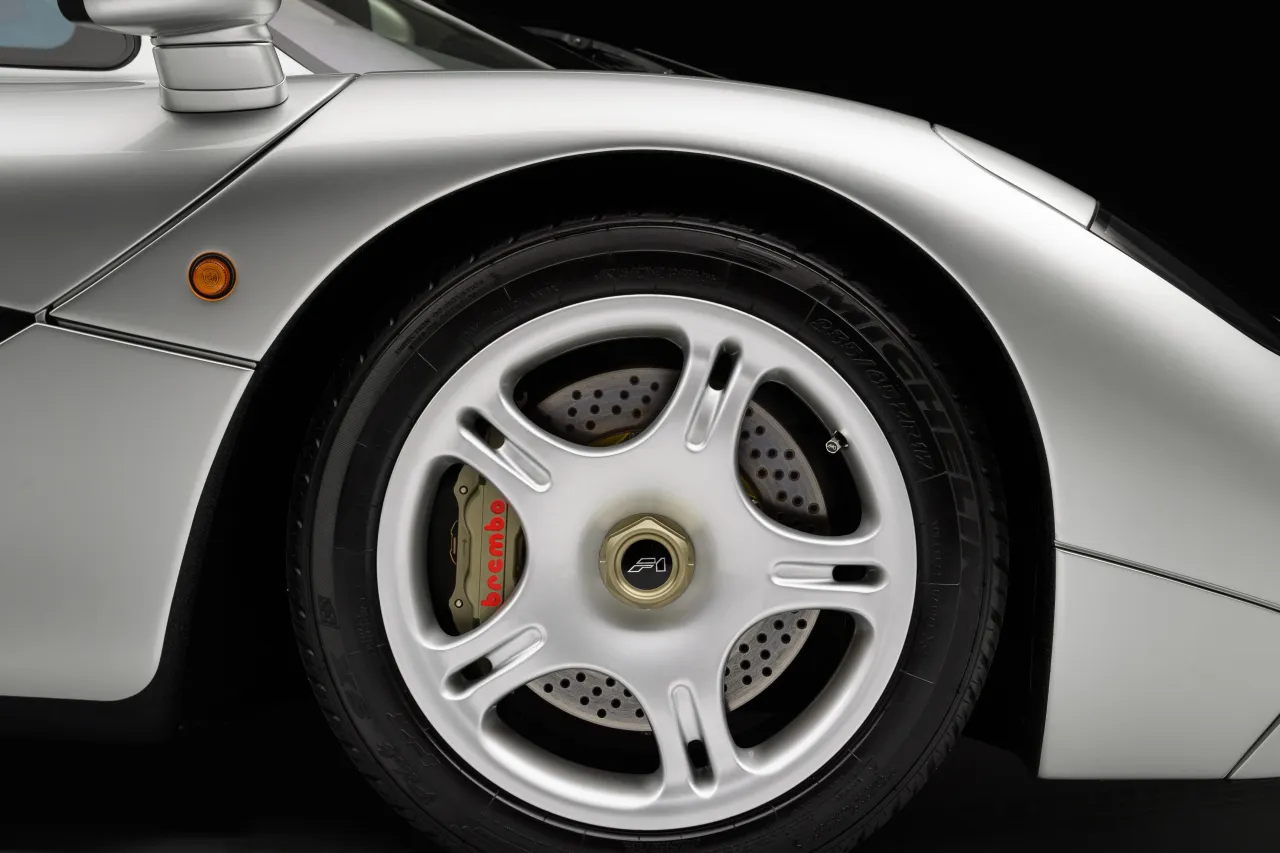
100 McLaren F1s Still Exist
Only 64 McLaren F1 road cars were produced over the six-year run, along with seven prototypes, five up-tuned road cars, two long-tail units, and 28 race cars. Of those 106 cars, 100 are still around today. With 30 cars, the U.S. comes in second to the United Kingdom, which boasts 40 F1s. Want one? Bring more than US$20 million to the table; the latest auction hammer price was US$20.5 million.
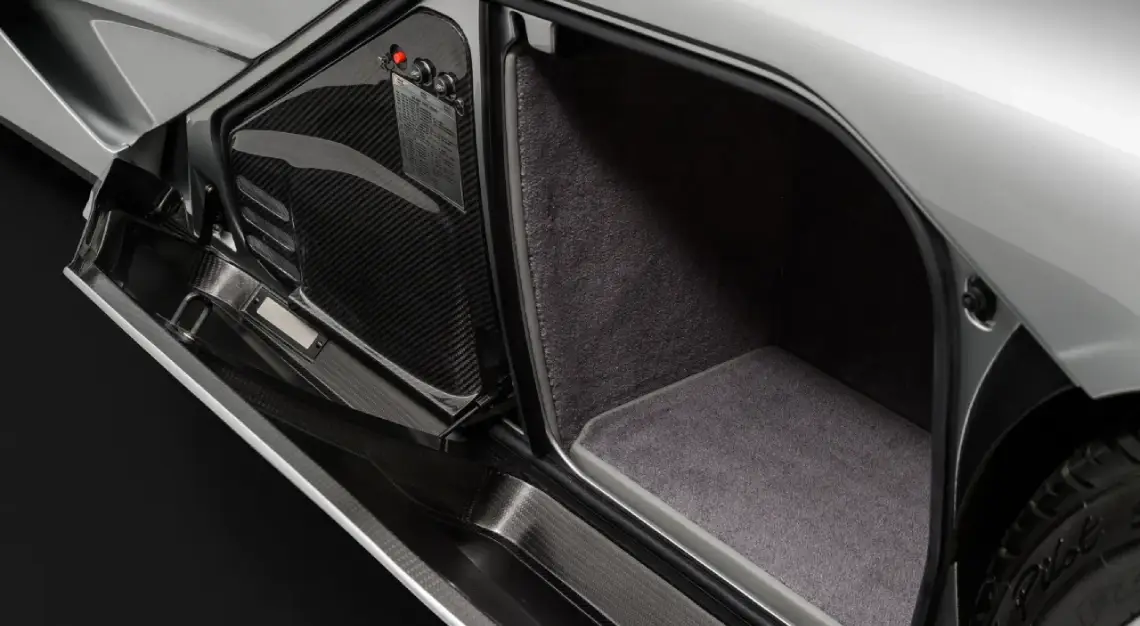
Oddly, the Sinaloa Drug Cartel May Own an F1
McLaren F1 chassis no. 039 was purchased by then-McLaren CEO Ron Dennis. His wife found the colour scheme—Brazilian Metallic Brown paint, a red leather interior, and bronze wheels—so heinous that Dennis sold it. After a stint in the U.K., 039 made its way to Mexico, purchased by El Chapo’s top lieutenant, Umberto Ojeda, in 1997. Ojeda died in a hail of bullets, and the vehicle disappeared, either into the hands of the Sinaloa cartel or Ojeda’s family. Rumours abound that it’s not only still running, but has been made road-legal for Mexico, though the exact location of the vehicle isn’t known.
This story first appeared on Robb Report USA
